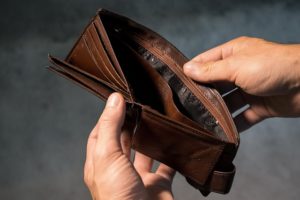It’s been about a month since I suggested you keep track of all of your spending. Before my students completed Part 2 of this assignment, I would have them reflect on the day-to-day experiences of tracking. Some thought it was “too much trouble” keeping track of everything, while others said that just knowing they had to track their spending actually prevented them from spending as much. (I regret that I didn’t conduct a formal study over those years that looked at the relationships between spending and accountability. However, my personal experiences and the reflections of my students indicate that creating an accountability mechanism is a valuable strategy to help control spending.)
Part 2 of this exercise is to go back through your spending log and categorize your spending: food, entertainment, rent, clothes, and so forth. Then add up the total amount spent in each category. Now you can begin to understand your spending by delving deeper into each category.
Depending on how you categorized your spending, some categories might be more meaningful if they are split into additional categories. For example, if you have put everything that is edible into a single food category, you may find it more useful to split the food category into several categories: “Eating Out,” “Food at Home,” “Drinks,” etc. Now, you, like one of my students, might exclaim, “Wow, I can’t believe I spent $150 on coffee!” With actual data, you can make your future planning and spending decisions truly personalized..


